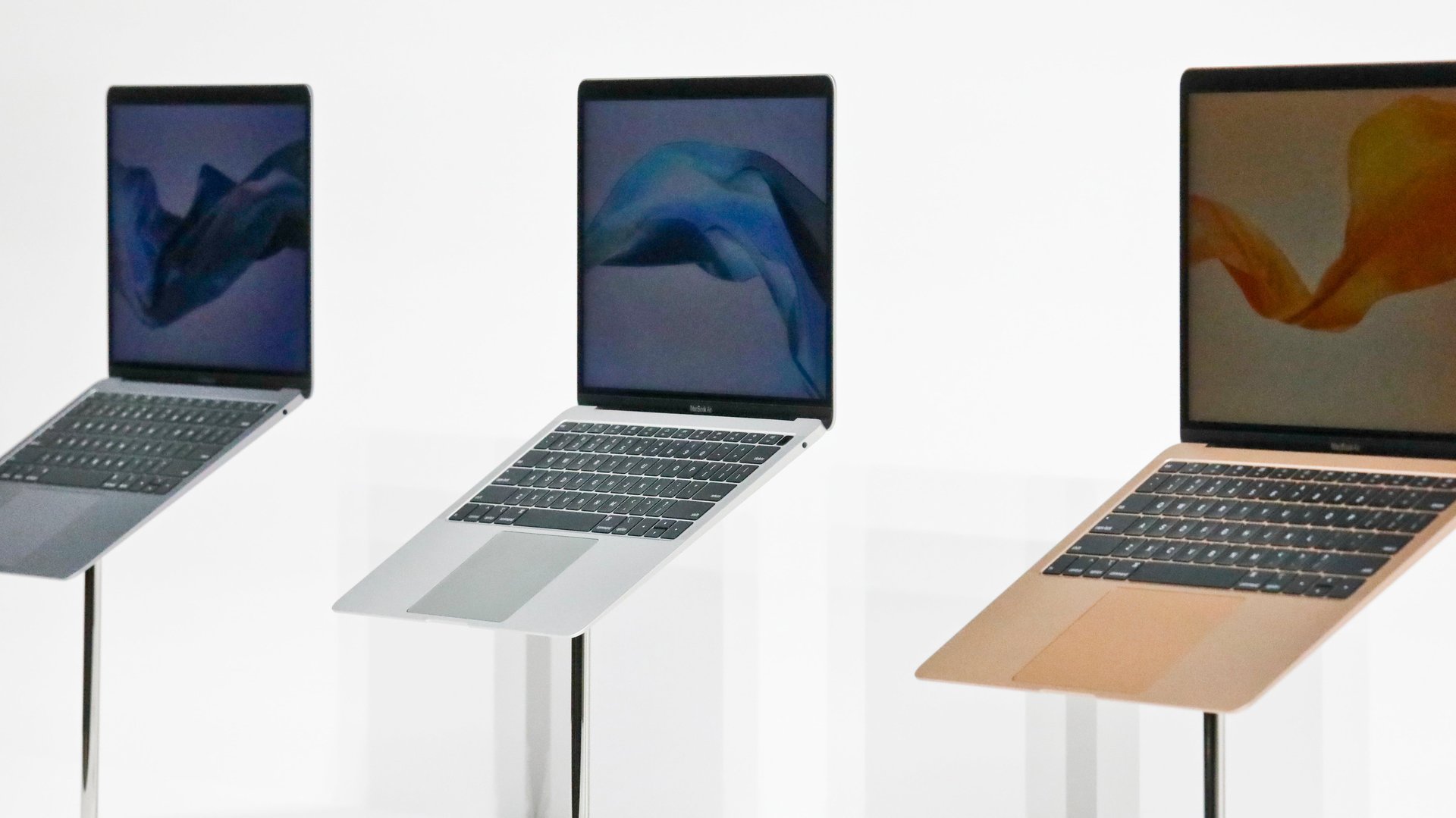Does Apple even care about computers anymore?
Apple announced last week that it would no longer be releasing AirPower, its long-awaited wireless-charging pad. The company apologized, saying it had “concluded AirPower will not achieve our high standards and we have cancelled the project.”


Apple announced last week that it would no longer be releasing AirPower, its long-awaited wireless-charging pad. The company apologized, saying it had “concluded AirPower will not achieve our high standards and we have cancelled the project.”
Such rigid quality requirements don’t seem to be a concern for its laptop division.
Over the past four years, Apple has released three generations of laptop computers that have been plagued with keyboard issues. The company is facing multiple class-action lawsuits even after tinkering with the keyboard design multiple times.
Buyers have continued to experience keys that get stuck, become unresponsive, or even just fall off the $1,200-and-up MacBook, MacBook Air, and MacBook Pro laptops released since April 2015. I wouldn’t be able to write this on my own three-year-old MacBook Pro, as my shift and command keys recently both stopped working. I have generally found these to be important keys when trying to type or…do just about anything on a computer. But maybe that’s just me.
I could, theoretically, take it into an Apple store to get it serviced, as Apple is offering to do for free on most of its affected laptops. As The Wall Street Journal’s Joanna Stern (paywall) recently noted (while experiencing similar stuck-key problems), service could take days or weeks to fix and Apple stores aren’t really the well-oiled consumer experiences they used to be. (Instead I’ve given in to having it look like ee cummings has taken hold of my laptop’s output.)
Apple’s other computer problems
In 2017, Apple said that it would launch a new version of its high-end Mac Pro desktop in 2018. It’s 2019 now, and Apple just had its spring launch event with no information about the computer. Even if it does show off a prototype at its annual developers conference in June as rumored, it would still be a year late.
There’s also the iMac Pro, released in late 2017, which is less upgradeable than the old standard iMac, and any changes need to be made by an Apple-certified service center. The iMac Pro starts at $5,000.
Conversely, the latest iPad Pro is a great machine. I bought one almost as soon as they were released, and it has become a staple of my home and travel use. The keyboard, albeit small and squishy, never has a problem with keys that stop working.
Is this a cynical plot from Apple to convince more Mac users to switch over to iPads? Probably not, but then, after years of everyone thinking Apple was slowing down their iPhones and the company saying no, it turned out, it was. So maybe it’s not that outlandish for consumers to imagine another scheme is afoot.
Apple is struggling to figure out what it is
Phone sales are slowing, and Apple is making a massive bet that sales of entertainment services can cover any shortfall in the product that made it a global behemoth in the last decade.
The perennial question remains about what comes after the iPhone for Apple—it may be voice computing, health tech, or vehicles. During transitions, the company could rely on the iPhone and the computer business it’s been running for 43 years to help ease the path.
Even if resources are being shifted to help figure things out and businesses aren’t being monitored as hawkishly as they used to be, it now seems that computers feel more like an afterthought at the company that used to be called Apple Computer.